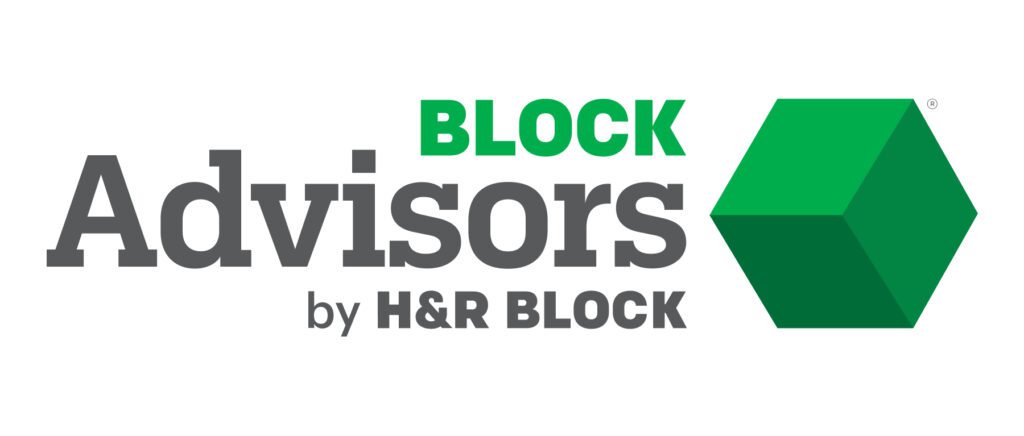Year-end bookkeeping tasks: Tips for closing your business’ books
6 min read
November 02, 2023 • Block Advisors
Year-end can be a hectic time for many small business owners. Between personal to-dos and seasonal demands at work, your time as a small business owner is at a premium. But there is one major topic you should be considering if you’re a small business owner or self-employed person: year-end bookkeeping!

Tax time isn’t the only time of year to consider your books. In fact, the end of the year is a natural time to take stock of your company’s finances and books. There are many things you can do during December that will let you exit the year cleanly. Plus, you’ll be ready for what’s to come in January.
If you’re wondering what activities are important, we’ll weigh in here. (Or fast track to getting help by contacting one of our bookkeeping professionals.)
What is year-end closing?
Year-end closing is an essential part of year-end bookkeeping. It focuses on taking the proper steps to ensure your small business’ financial transactions are recorded and up to date.
At year-end, the goal is to balance your small business’ books for a 12-month time frame. This assumes your fiscal year aligns with the calendar-year. It’s important to do this because it:
- Ensures accurate annual reports and financial statements (ex. helps with spotting errors)
- Helps you prepare for tax information gathering
- Allows you to make better financial decisions in the coming fiscal year
Does your fiscal year not align with the typical calendar-year schedule? Don’t worry. You can still use this information as a fiscal year end checklist.
Bookkeeping forms and documents year-end checklist
Before you can start to mark tasks off your to-do list, you’ll need to gather your important bookkeeping documents and tax forms. Review this fiscal year end checklist for the paperwork you’ll need to get ready.
- Bank and credit card information
- Statements
- Invoice lists and POS monthly reports
- Previous tax returns
- Balance sheet/P&L statement
- Outstanding invoices, bills, credits, and uncleared funds
- Depreciation schedule or fixed asset list for all business assets
Year-end checklist for bookkeeping tasks
What can you do to get your books in order? Below are seven fiscal year-end bookkeeping checklist items to plan for.
1 – Review payroll-related information
Whether you have just one or several employees, payroll-related duties should be counted in your year-end tasks, To this end, make sure your payroll records are up to date. Additionally, make sure Form 941, which report your quarterly tax withholding amount for employer payments and FICA taxes, are submitted.
Beyond that, spot check:
- Benefit changes or withholding of fringe benefits
- Deferred compensation
- Employee information
- Employee wages and deductions
- Paychecks (All should be reported)
- Raises and bonuses
- Time-off balances
- Withheld tax amounts
It’s also wise to run a final payroll report. If you use Block Advisors’ professional payroll services, we can take the burden of this somewhat complex task off your shoulders.
2 – Complete the appropriate forms from employees and contractors
As a business owner, it’s likely that you’ll hire employees or contractors along the way, so you’ll want to make sure the following forms are prepped:
W-2s – For employees, you should file your copies of Form W-2, Wage and Tax Statement, and Form W-3, Transmittal of Wage and Tax Statements, with the Social Security Administration by January 31.
1099-NEC – For contractors or freelancers, you’ll need to complete IRS Form 1099-NEC, which is due to the IRS at the end of January.
Learn more about W-2 and 1099 deadlines.
3 – Take inventory
Get an accurate count of the materials and supplies you have because it helps you determine how much was spent on it and its current value. Match your inventory totals to your balance sheet. If you see inconsistencies between your inventory count and balance sheet, fix the issue.
4 – Clean up business receipts
Some small business owners rely on paper records and keep receipts stashed in their office. If this is the approach you take, organize your receipts:
- By type of expense
- Chronologically
Need help organizing you receipts, expenses, and other documents? Our tax pros get your paperwork in order, helping you avoid missed deductions. For Schedule C filers, ask your tax pro about adding our Year-End Tax Filing Readiness Service.
5 – Check your payables and receivables
If your business operates using an accrual accounting system, it’s important to check what you owe and who owes you for tax purposes. Your payables are outstanding bills sent to you by other entities. Your receivables are outstanding invoices you have sent other entities.
At the fiscal year end, it’s wise to tally total payables and receivables, because:
- Depending on your state or entity type, some businesses need to pay taxes on the accrued amount.
- NOTE: Not every small business pays tax on accrued amounts, but generally larger companies do.
- It offers a good picture of your year-end financial position.
- It helps you find missing invoices so you have the chance to settle them.
6 – Get your fiscal records in order
There are multiple steps to take to get your fiscal records in order prior to year-end. Here are some key year-end bookkeeping procedures:
- Record any additional bookkeeping entries: If you’re a small business, you’ll likely have a ledger. This journal keeps track of your company’s money moves. Post your entries so that they match up with the appropriate accounting periods.
- Reconcile your bank accounts with your check register: Inspect your check record of deposits and disbursements. Compare and reconcile it to bank statements listing your deposits and disbursements. Keep in mind these may be check, cash, money order, or other payment app.
- Take stock of your credit cards: Review credit card statements, compare with credit card receipts, and make sure business expenses are accurately posted.
- Do a profit and loss review: Create and review your profit and loss statement. Assess the profits and losses of your business.
- Transfer balances from income statement accounts to a balance sheet: Income statements are another important document. They reveal how your business is doing from a financial standpoint over a specific reporting period. At the end of the year, it’s important to transfer balances on your income statement to a balance sheet. They also make sure the posted balance of your business’ retained earnings is accurate, should you post year-end closing entries. The statement should show a balance of $0. See also >> What goes on an income statement?
7 – Identify a plan for the new year
In terms of your bookkeeping policies and procedures, take a pulse on what’s working and what’s not. Review your small business’ numbers. Set an intention to have a successful year and get a start fresh in January. Many small business owners find that a new year brings renewed energy and motivation. Be ready to capitalize on that!
Where to get more help with year-end bookkeeping procedures
Year-end closing can be an overwhelming task. Especially if you’re feeling like you don’t have the time or resources to devote to it. While this end of financial year checklist is directed towards small business owners, you don’t have to go it alone.
Asking for professional bookkeeping help is always an option. A Block Advisors bookkeeping expert can help you keep your finances on track. So you can get back to the business you love.
See how we can help with your bookkeeping needs and answer your bookkeeping questions.
Schedule a free bookkeeping consultation.




